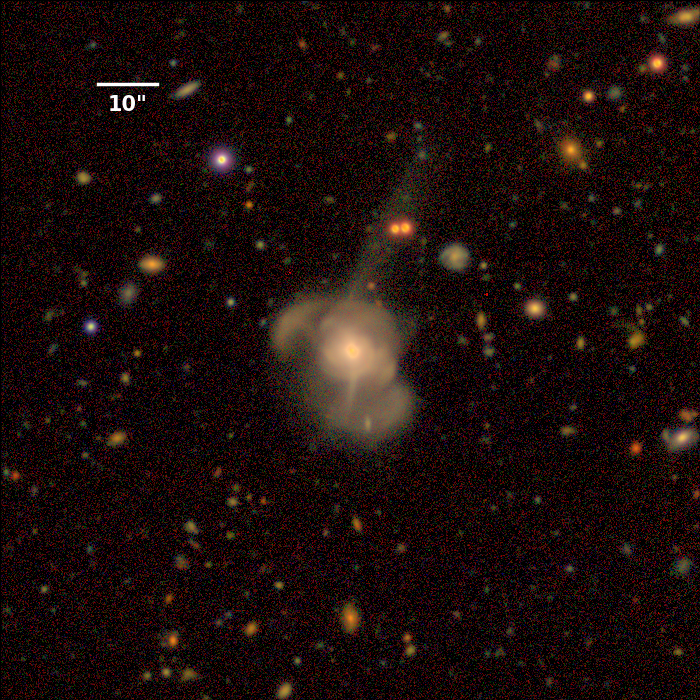Imaging surveys have proven enormously useful for the investigation of galaxy formation and evolution. At low redshift, the Sloan Digital Sky Survey (SDSS) serves as an anchor in our understanding of galaxy formation and provides a well characterized picture of the diversity of galaxies today. However, the depth of the SDSS for bright galaxies corresponds to a look-back time of only 15% of the history of the universe. Our ability to pin down the relevant mechanisms involved in the evolution of galaxies up to z~2 requires a major leap forward in the statistical power of high-redshift galaxies. This goal is now achievable with a tiered survey approach utilizing the HSC survey on Subaru. The Wide layer provides data over a large volume for z < 1; the Deep layer has sufficient photometric depth and area for detailed studies for 1 < z < 2 and some studies at even higher redshifts.
The HSC Survey will enable significant advances in the study of galaxy evolution at z < 2 because of its
- Unprecedented sample size and statistical precision
- Unprecedented multiband imaging depth
- High quality weak lensing measurements
- Superior spatial resolution.
We will use such data to answer some of the outstanding questions such as:
1. How do star formation and mergers drive mass assembly?
The statistical power and volume probed by the HSC survey will make it possible to detail differential evolution of the galaxy stellar mass function and measure the mass-dependent assembly history for the first time. The excellent image quality of HSC will make it possible to use both morphological merger indicators or pair statistics to account for the contribution from different mergers.
2. How does the relationship between galaxies and dark matter halos evolve?
The HSC survey will measure the stellar-to-halo mass ratio (SHMR) from z=0.2 to z=1.0 which tracks the average halo mass of central galaxies in each halo as a function of their observed stellar mass. Using a combination of galaxy-galaxy lensing and the angular clustering of galaxies, HSC is expected to improve the current precision of the constraints on the SHMR by a factor of 10 with a near vanishing sample variance.
3. How is star formation fueled and quenched?
The HSC survey will sample the volumes necessary to chart the evolving number of galaxies as a simultaneous function of both mass and SFR over a range of redshifts since z~2 for the first time, and will enable us to detail not only the way in which the star-forming mass function evolves since z~2, but how the star formation rate is distributed among galaxies within the star-forming population. Narrow band imaging of HSC survey can detect strong nebular emission lines galaxies, and provides us with an unbiased SFR-selected samples of galaxies at z<1.7.
4. What drives evolution in galaxy morphology and structure?
The HSC survey will allow definitive evolutionary links to be established by precisely equating the diminishing numbers of one population with the rising occurrence of another. The HSC survey will greatly expand the parameter space to include properties such as size, concentration, shape, environment, and AGN fraction. The deep HSC images will also enable us to study the extremely low-surface brightness outskirt of nearby galaxies, where valuable information about recent mass assembly is preserved.


Pretty images of massive galaxies taken with HSC. The left shows the most massive galaxy located at the center of a cluster and the right shows a massive galaxies undergoing violent mergers.
